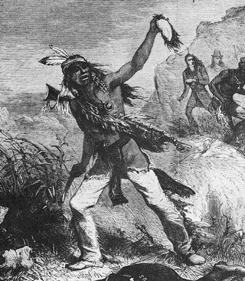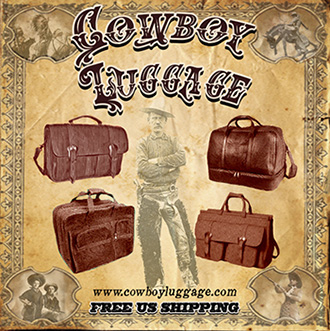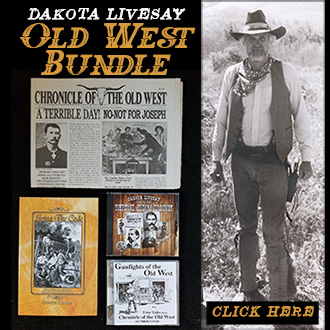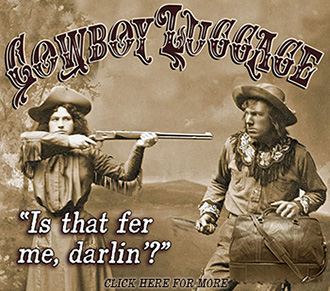If you go to a classic car show, you’ll see a number of Studebaker cars and trucks. But, did you know that the  Studebaker family started making vehicles back in 1852?
Studebaker family started making vehicles back in 1852?
Here’s the story. The Studebaker family was known for being great blacksmiths. Looking to take advantage of the westward movement, brothers Henry, Clem and John started the “H & C Studebaker Company” to make their version of a Conestoga wagon. They started with $68 in capital. After a year, they had sold two wagons.
Realizing they needed more capital to be able to buy materials in quantity, brother John agreed to go to California and get some capital in the gold fields. When he got to what is now Placerville, he realized he could generate more money by making wheelbarrows for the gold miners than mining gold.
John did well. In a couple of years, he had saved $8,000. On his way home, John picked up a copy of the great promoter, P. T. Barnum’s book The Art of Money Making. When John got back to Indiana, he was totally excited with the possibilities of making a fortune.
By December 31, 1860 the Studebaker brothers, John and Clem…Henry had decided to leave the business and become a farmer…had 14 employees and a successful business.
During the Civil War, the Studebakers made supply wagons and ambulances for the Union Army. The two brothers were so busy that they grew beards to save time normally used for shaving.
It became an annual ritual to tally the books at the end of each year. Following the Civil War, on December 31, 1867, John tallied the assets. That year they had profits of $223,269.









